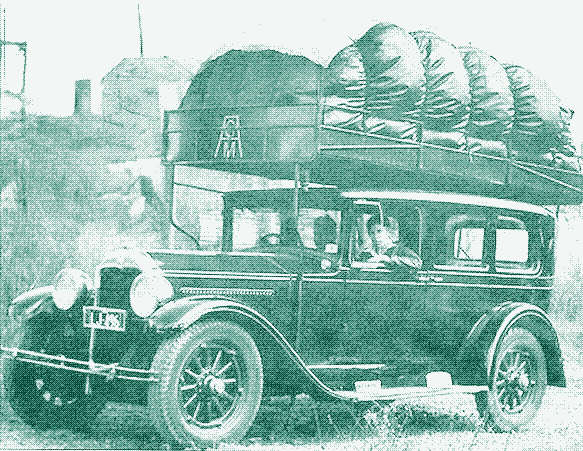
Wood gas cars were not the only answer to the limited supply of gasoline in World War One and Two. An even more cumbersome alternative came in the form of the gas bag vehicle.
Gas bag vehicles were built during World War One and (especially) World War Two in France, the Netherlands, Germany and England as an improvised solution to the shortage of gasoline. Apart from automobiles, buses and trucks were also equipped with the technology. The vehicles consumed ’town gas’ or ‘street gas’, a by-product of the process of turning coal into cokes (which are used to make iron).
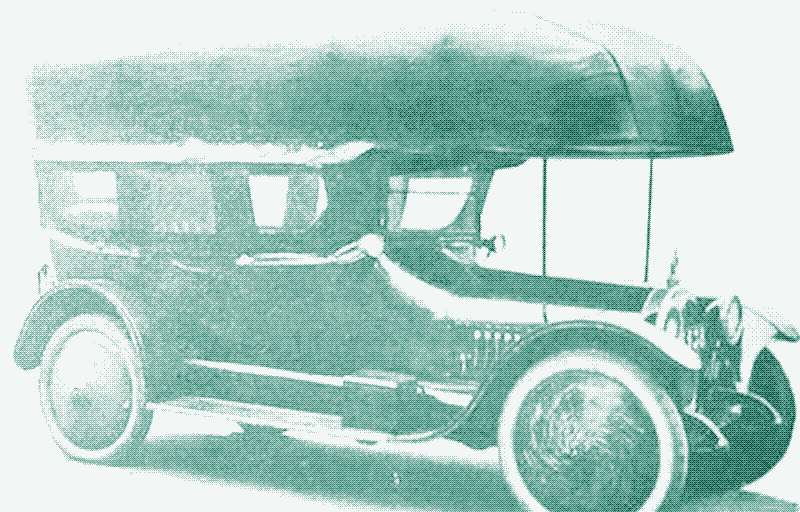
Today, vehicles powered by compressed natural gas (CNG) or liquified petroleum gas (LPG) are quite practical. The fuel tank needs to be roughly twice as big as a gasoline fuel tank in order to get the same range. But the fuel used for gas bag vehicles during the World Wars was generally not compressed and had a much lower energy density than LPG or CNG. To replace one litre of gasoline, two to three cubic metres of gas was needed.
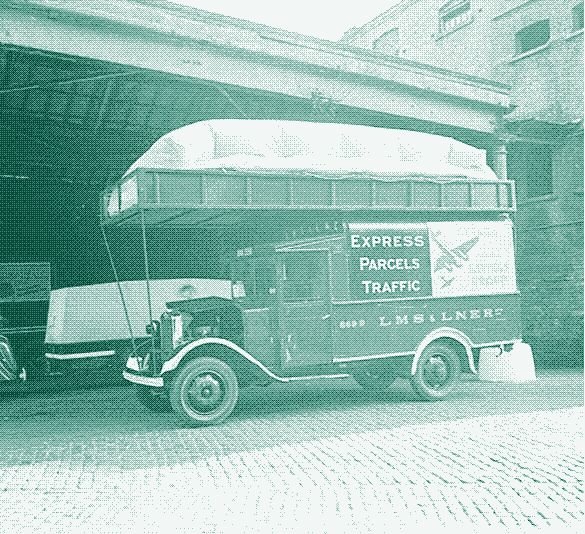
The only way to get a somewhat practical range, was to use an extremely large ‘fuel tank’. Buses were better suited for this than automobiles - they had a full-length gas storage bag on a roof rack. It could be enclosed in a streamlined fairing but most often it was not.
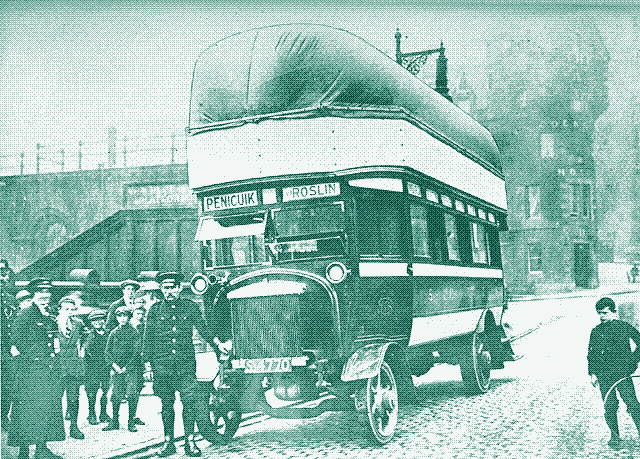
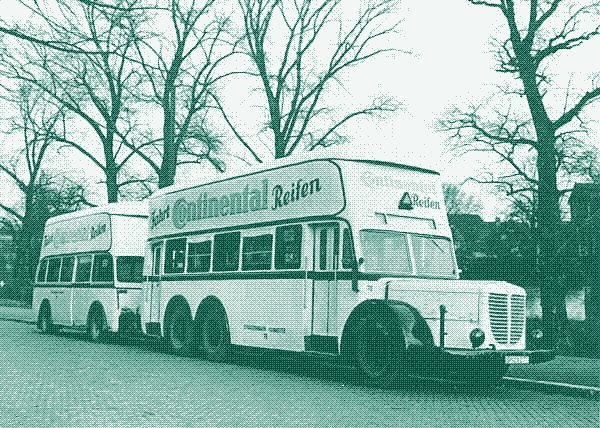
Private automobiles were equipped with a wooden framework which was fastened to the roof and the reinforced bumpers of the vehicle. It was hard to overlook a gas bag vehicle passing along.
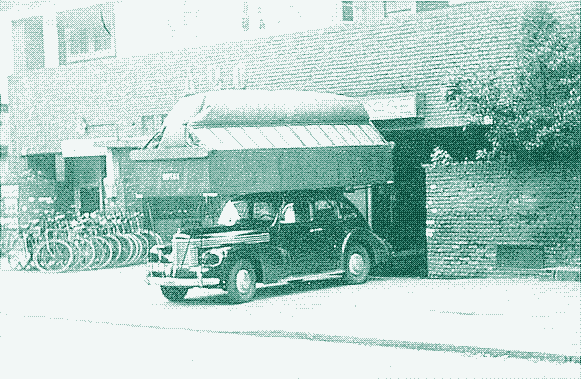
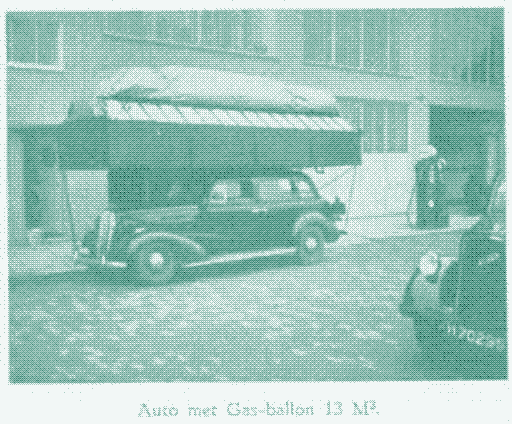
The Dutch old-timer on the pictures above carried a gas storage bag of 13 cubic metres, an installation that gave it a range of approximately 50 km (30 miles) at an energy consumption of 13 litres per km (22 mpg). The aerodynamics of gas bag automobiles were disastrous, so fuel economy was far from optimal.
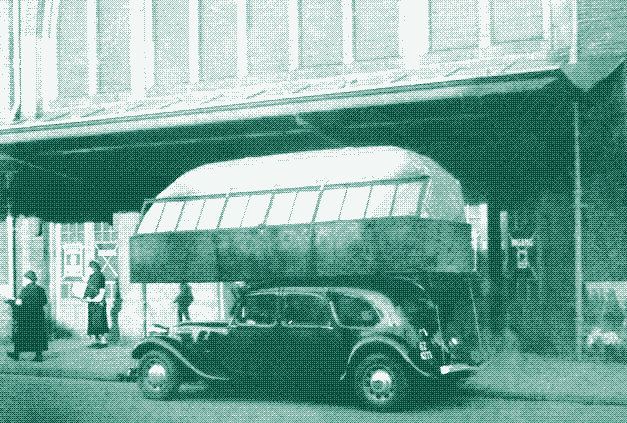
Easy repair
Witnesses to the vehicle passing by could easily see how much fuel was left: the gas bag was fully inflated at the start of a trip, and it deflated with every mile that was driven.
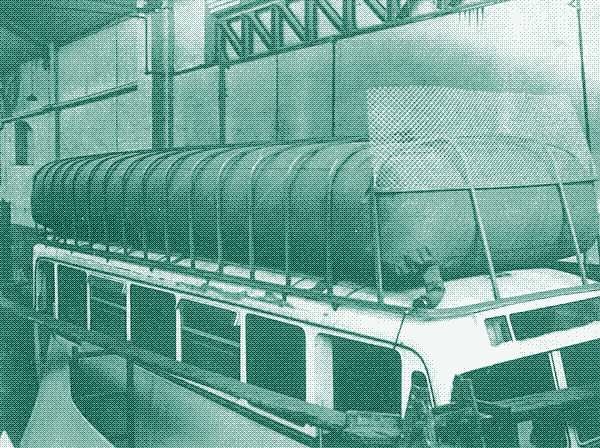
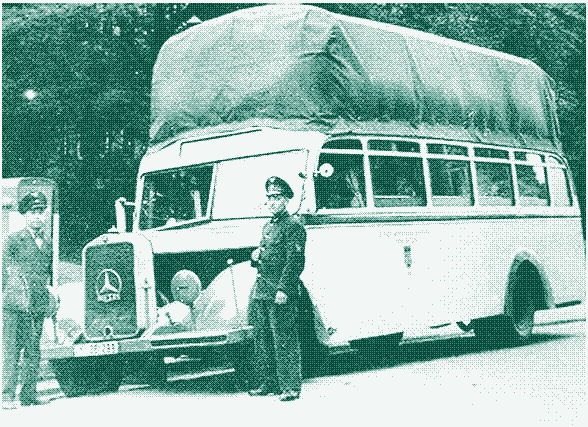
The gas storage bags were made of silk or other fabrics, soaked in rubber (Zodiac was one of the manufacturers). These bags were (and are) much cheaper and easier to build than metal tanks. They could also be repaired in a similar way to bicycle tyres. The bag was anchored to the roof using rings and straps. Some gas bag vehicles could operate alternatively on gas or gasoline. Switching between the two options could be controlled from inside the vehicle.
Compressed gas
Although it was technically possible to compress town gas or street gas, this did not happen because of two reasons. Carbon monoxide, one of the components of town gas and street gas, disintegrates quickly when compressed, while hydrogen gas, another component, leaks away through steel tanks when it is compressed.
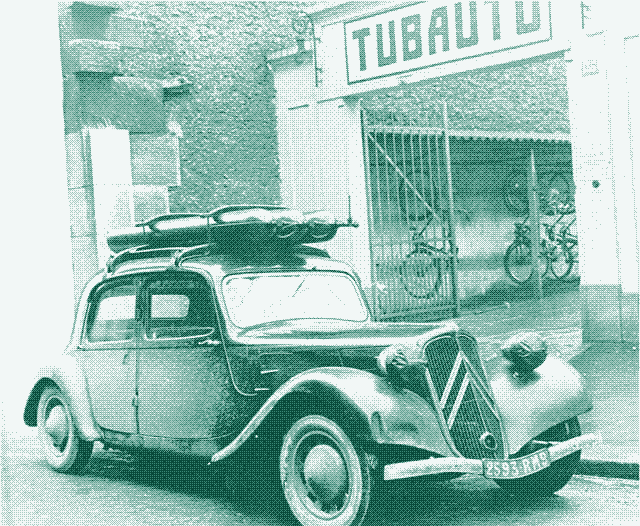
The only exception was the use of gas cylinders in France during World War Two (picture above), allowing for a smaller fuel tank or a better range. Natural gas was used in this case, which could be compressed without the drawbacks of compressing town gas. However, this configuration turned out to be more expensive and more dangerous.
No smoking
It will not surprise anyone that gas bag vehicles had their risks. One obvious risk was fire, which could cause a gas explosion. As a result, people waiting for the bus were urged not to smoke (See pictures below: “Autobus-Haltestelle” = “bus stop” & “Rauchen verboten” = “smoking prohibited”).
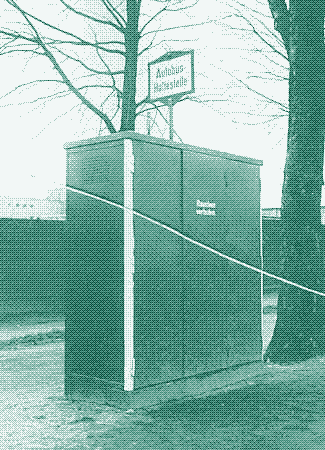
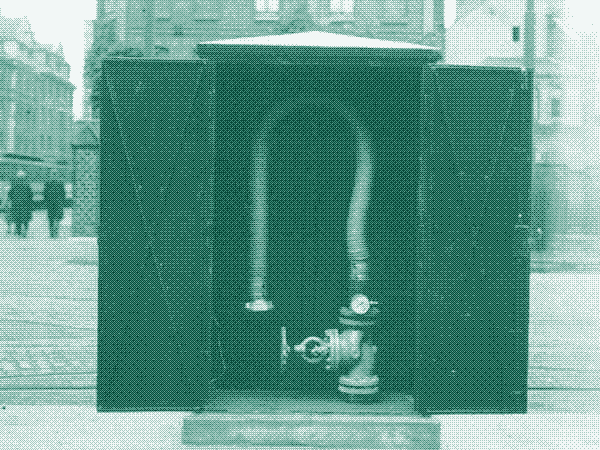
Bridges
Another risk were bridges and other overhead obstacles. The driver needed to know the exact height of the vehicle and of the bridges that he or she planned to drive underneath.
Excessive speeds were not a good idea either. It was advised not to surpass a speed of 50 km/h (30 mph), not only to maintain a decent range but also to make sure that the fuel tank would not fly off the vehicle. Strong side winds could present hazardous situations, too. Gas bag vehicles also suffered from carburator fires, loud bangs and engine damage.
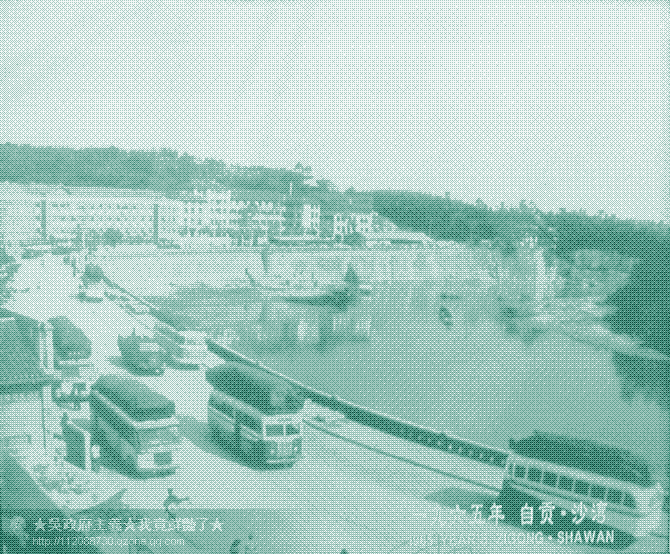
Gas bag buses could still be seen in China in the 1990s, notably in the municipality of Chongqing where they were developed in peace time as a cheap public transportation option. The picture above (credit) shows at least six operating gas bag buses in Shawan (“Sandy Bay”), Shandong, China, in 1965.
Thanks to Dutch John.
Sources
- http://www.amt.nl/web/Archief/tonen-archief/1941-Rijden-op-gas-uit-een-ballon-1941-2.htm
- http://www.fortunecity.com/uproar/picture/717/BUESSING/1933/gas.htm
- http://news.webshots.com/album/558005684iBwMrL?start=0
- http://www.historycooperative.org/cgi-bin/justtop.cgi?act=justtop&url=http://www.historycooperative.org/journals/eh/11.4/pearson.html
- http://www.edinphoto.org.uk/0_street_w/0_street_views_-_waverley_bridge_gas_bag_bus_ed_s_1900_049.htm - http://www.traction-avant.com/forumsn/viewtopic.php?id=5528
- http://factoidz.com/the-gas-bag-bus-weird-invention-1-of-many-strange-technologies/
- http://blog.modernmechanix.com/2007/10/13/gas-bag-on-roof-holds-bus-fuel/
- http://www.parisenimages.fr/fr/popup-photo.html?photo=532-1
- http://www.britishpathe.com/record.php?id=74804 (video)
- http://www.youtube.com/watch?v=6iL_SUpIMsQ (video)
Reactions
To make a comment, please send an e-mail to solar (at) lowtechmagazine (dot) com. Your e-mail address is not used for other purposes, and will be deleted after the comment is published. If you don’t want your real name to be published, sign the e-mail with the name you want to appear.
Reactions
Mark
You don’t have to go as far back as the article’s examples to find regular use of gas-bag vehicles. We were lucky enough to travel in Vietnam in the late 1980’s, before tourism was officially allowed (how we obtained our visas is a very long story). Around Hue, we saw many gas-bag buses with far more dangerous contraptions than shown in this article. Stranger still were the charcoal-powered Citroen buses, complete with charcoal burner at the back, feeding the resulting gases to the modified engine. These buses dated fom the French occupation of the country and I estimated them to be from the late 1940’s.
Gj
Coupling this with a methane source seems to be a nice cottage option to vehicle fuel generation. Indeed the calorific value of biogas is 24 MJ/m3 vs. 18 MJ/m3 for town gas.
I particularly like the fact that you can use it without having to compress the gas. With a cheap and ultra-sturdy HDPE gas bag, this seems to be a great low-tech approach to opening up poor rural communities by giving them cheaper farm-to-market transport based on local waste transformation.
alex
That’s how the regulator used in scuba diving was invented. Gagnan and Cousteau adapted a regulator for the gas bag vehicles Gagnan had previously invented.
peter
Wouldn’t it have been better to tow the gas bag because, as the article mentioned, the aerodynamics of being on the roof were so poor? Seems pretty obvious solution, but I guess this was before the time of recreational trailers.
Terry Sanders
Looks like something better suited to stationary-engine use in rural areas. If you don’t have to move the gasbag, it would be a lot easier to maintain. And if you have a source of methane nearby (a pig farm and a digester, for instance)…
Furlongs per pint
I’m a bit confused about the arithmetic regarding the Dutch old-timer’s energy efficiency. If it held 13 m³ of town gas, and had a range of 50 km, then its energy efficiency would be 26000 l per 100 km, or 0.011 miles (19 yards) per Imperial gallon, or 0.009 miles (16 yards) per US gallon.
Oh, perhaps you’d meant that 13 m³ of town gas per 50 km is the equivalent of 13 l of petrol/gasoline per 100 km? If so, then I’d recommend clarification of that sentence. And 13 l/100 km (rather than 13 l/km) = 21.7 mi/gal Imperial = 18.1 mi/gal US.
peter, towing the gas bag could have made rear-end traffic accidents much more dangerous. During World War II, tyres were in short supply for civilian vehicles due to rubber rationing, so that could have been another reason why roof racks were used rather than trailers.
Paul Nash
I saw today an example of a high tech solution for buses that could be replaced with the gas bag one at a tenth the cost (or better). The ski resort of Whistler, British Columbia, Canada has a fleet of hydrogen fuel cell buses (a demo project from the 2010 olympics). These things use liquid H2, stored in rooftop tanks, to run the fuel cells.
The cost of the 20 buses and H2 equipment - $89m. buses were $2.2m each.
The longest run is 20km round trip. A gas bag(or box) on top of the bus could store 30cu.m of nat gas, or about 1GJ (equivalent to 28L of diesel). Buses on diesel get about 5mpg, or 2km/L, so this bus would have a range of 54km. It could be refuelled at the end of every 2nd run, in about one minute, from a standard NG line. Such a system would have cost about $400k per bus and be far cheaper to operate and maintain.
We do indeed need less tech, not more.
T.M. August
You could have trolly-combines, but the problem is the grid would need overhauled. Rural circuits aren’t built for that–those big combines are few hundred horsepower; at least a couple hundred kW, then. Too many amps, when we’re used to splitting up 1000 amps between a couple hundred users.
We could overhaul the grid, sure. Any work being done along those lines? Not in any farm country I know.
Politically, by the time we realize we need it it might be too expensive to implement.
Likewise, Haber-Bosch–there’s a few proposals for wind-driven plants, but they’d only provide a fraction of current demand, provided they get do financed in the current environment.
Peak oil doesn’t have to be doomsday, just like winter doesn’t have to be doomsday– if you’re an ant. For a civilization of grasshoppers, it’s much less fun.
tp1024
You can always run anything with electricity. Just put a couple of overhead wires over the fields and use electric combine harvesters - or use cables rolled out on the ground of the field and a system of pulleys along the side of it.
It’s a bit of a hassle, but much less so than insisting on the use of internal combustion engines after running out of easily accessible, suitable fuels.
Why do people keep insisting that we are inextricably dependent on oil? It’s not the only solution, it’s merely often the cheapest and most convenient. There is no problem at all with running the Haber-Bosch process on nothing but electricity, still the peak-oil-is-doomsday crowd keeps insisting we will run out of fertilizer without oil.
Please. Stop it.
Johnny Payphone
The reason for the uncompressed gas is that with the low energy density you spend more energy to compress it than you get out of the tank. Also, since it is comprised of loose H and O and C, they tend to reassemble into hydrocarbons that form tar on the inside of the works.
The bag is necessary rather than a box because the weight of the bag helps feed the gas. These are still found on buses in China.
A good rule of thumb is that 20 lbs of biomass will produce the equivalent energy of 1 gallon of gasoline.
MikeR
Coal gas wasn’t a by-product of making coke for iron and steel production - it was the primary product.
Almost every town in Europe had their own ‘gasworks’ which supplied so-called ’town gas’ or ‘illumination gas’ for heating and cooking right up until the late 1950s and early 1960s. In fact, it was still used for its original purpose of street lighting in some towns until surprisingly recently. The coke was sold for domestic and light industrial use. Coal gas was phased out in Europe when the huge North Sea natural gas fields came on stream, which gave much better quality, cleaner energy.
Jonharson
Interesting, insane, but interesting…
Vladimir Menkov
A small correction to the caption of one of the photos: Shawan (沙湾) in Sichuan (not too far from Chongqing, which before 1997 was also part of Sichuan), not in Shandong. The caption of the original photo (looks like a postcard) specifically identifies Shawan as being in Zigong Prefecture, to which indeed it must have belonged back in 1965. (It has been transferred to the nearby Leshan Prefecture-level city).
Fascinating photos, anyhow. When you first see them, you wonder if the technology would have been better suitable for dirigibles rather than for ground vehicles! (Probably not, though).
Incidentally, in Seattle much of the equipment of the erstwhile town gas plant is preserved in what’s known as the Gas Works Park, on the north shore of Lake Union.
uçurtma
You can always operate anything inside electricity. merely put a couple of overhead wires with the fields AND ALSO UTILIZE electric combine harvesters - as well as UTILIZE cables rolled out on the ground of any container AND a great program regarding pulleys straight down ones side of it.
It’s an bit of any hassle, but much less consequently in comparison with insisting for the EMPLOY of internal combustion engines soon after working out regarding quickly accessible, appropriate fuels.
Why do you keep insisting The item my partner and i usually are inextricably dependent from oil? It has not your own lone solution, It has merely often ones cheapest AND ALSO all convenient. there exists zero problem at almost all throughout operating your own Haber-Bosch system with nothing but electricity, still your current peak-oil-is-doomsday crowd keeps insisting i will certainly run out connected with fertilizer without oil.
Please. Stop it.
Daniel Girald
A few days ago I was talking about biodigesters with a cousin who lives in a ranch not so far from the Brazil-Uruguay border, and fossil CNG is not even available in his hometown. It would be nice if we could use some non-compressed biogas to be generated in his ranch at a nearly-zero cost as an automobile fuel, but our state’s equivalent to the DMV would never allow us to use it in any street-legal vehicle. However, it still sounds perfectly viable for agricultural machinery not just due to the low cost and local availability (eliminating the costs from the transport of a fuel produced somewhere else) but also because the lower operational speeds of a tractor make the aerodynamic effects more negligible than in highway speeds.
On a sidenote, gas-bags could be mounted under the body of trucks and some buses alongside the frame rails as an option to the roof racks, or combinated to that in order to increase the range on gas. Considering that front-engined buses with higher frame rails are still widely used in countries with rougher road conditions such as Brazil, and the high amount of biogas that can be sourced not just from farm residues but also from sewage treatment plants and waste management landfills, it wouldn’t be so difficult to justify gas-bags in modern buses.
Slowburn
@ 15 MikeR
It is both. But without the coke making it would not have been developed.
Paul Jake Castania
It’s amazing how a chaotic event like World War One and World War Two can bring up a great invention such as Gas bag vehicles.
Leonard Pearlman
Came in late here, am very glad to see some interest in this wonderfully obscure topic. I have (only) read about this and seen a few pictures and sketches in old Model Engineer magazines from England. The photos were of cars equipped this way. At least one had some structure related to the gas bag, so it was more than just a bag. A flat plate on top, and a small amount of mechanism to steady the whole thing. I recall the author was suggesting a light trailer with a gas bag inside. Now the gas bag is protected from wind! I liked this idea. I got some help from the local utility company, and through a bunch of arithmetic finally decided that my little Honda Passport should be able to go a mile on one cubic foot of gas. In my feverish undergraduate imagination, this would be in the form of a lightweight sidecar, with the gas bag inside. This was in the 20th century. Much later I bought an eBike, which uses around five cents worth of electricity per day.
Mike Kendall
Regarding the possibility of wired vs internal combustion farm equipment….super capacitors charge extremely fast. They do not have the energy density of modern battery technology obviously but with slow and heavy equipment (farm equipment) that negates much of those needs of aerodynamic and light. For a short “run” then a recharge would mean that with wires at the end of the field and skipping rows the machine would do a row, go along the wires up until the next row (because of skipped rows), be charged and do another row. I bet the wires could be set up at one end only. It would be the ideal app for super caps (ultra caps) that can charge fully in seconds, get between 100k to 1 million cycles, low temp performance etc. I used to have to move irrigation pipe by hand in the summer. Those same wires could be set up for one field (with no power applied) then moved to the next field to be done. It really is very possible to do. Any comments/criticism? I think I am right. I also believe that the technology is going to go back to trains and electric street cars as well as we develop as a civilization. Instead of just a road it could be a road with “smart” metering so that one can hook up their vehicle to be propelled by the available electric power on the road (or shoulder of road to allow legacy vehicles to continue to operate for a while).
Tbuyus
Wonder, if this might work nicely for LPG* and short runs like in the ski-resort example.
As the energy density of the LPG would be higher maybe smaller bags could be used. Or large 2-bar tanks with an internal ballute.
Or ammonia created from nuclear* steam-reformed fossil fuels and the haber-bosch process.
** high temperature, low vapour pressure coolant, lithium-flouride molten-salt nuclear-reactor
Gregory J Yohn
I was watching the movie, Paris is Burning, and it showed the French cars with the metal tanks on top of the cars. The plot explains how Paris was liberated from the Germans in WW2!!!
Don
I just watched “Paris is Burning”, and researching the cars with tanks on top led me here. Vive la France! Vive la internet! Vive la information!
Bruce Dundee
I too just saw a film about French resistance fighters in WW2, Army of Shadows (1969), it shows these cars with the rooftop mounted natural gas tanks. Though, town gas bag ingenuity is even more fascinating.
Derek Cheng
There were still gas bag buses in Yibin, Chongqing, China running when I visited in December 2011. They were replaced a couple of years after.
Karl W Smith
In the late 1990’s gas powered buses were commonplace on the streets of Southampton, what happened to them?
Also, during WW2 Croydon Corporation converted most (if not all) of its refuse collection and some smaller vans to run on compressed gas from their sewage works, definitely human waste originated bio-fuel. Those engines were simply converted in such a way that they could be switched from normal fuel to gas quickly and back again when necessary.
A subsequent magazine article also cites a similar trial of methane with Lincoln City buses, neither detailed any major problems with either fleet so I have often wondered why the system has not been re-introduced with all the benefits of more advanced technology? Any thoughts?
Of course there were also the clumsy roof rack gas bags and the short range coke burning trailers many of which were towed by London Transport buses among others. I understand that they had limited range and needed to be changed at short time intervals so were not suitable for long routes.
arch9enius
They (producer gas buses) were not really suitable for hilly routes either.
The gas-propelled Dennis Darts were used on the routes subsidised by Southampton University. The Uni-Link service was later contracted out to a private company because the university were not happy with Southampton Citybus. The Darts carried on on other Citybus routes until about halfway through the 2000s, but were not popular with the drivers (personal recollection from somewhere).
Honestly, trolleycombineharvesters sound like a complete dead end, you’d be turning every (large) field into a birdcage of wires that get used once or twice a year. Plus the vehicles themselves are often contracted and go from farm to farm. Better using modern batteries, as you’re already shelling a load for the machine itself.
fwiw the best solution would be to manufacture a drop-in replacement for petrol from sequestered atmosperic carbon, in the process of sticking the rest of it in the ground, which may become neccesary in the years to come.
Manihot Esculenta
Hi, I’m not sure what what your policy on lin-rot is, however the current in for the natural gas powered bus (in the PRC in the nineteen-nineties) is http://www.paulnoll.com/China/Excursions/Zigong-gas-bus.html It would seen the Paul Noll passed away recently Ciao
albertsTC01
Dads Army How difficult would it be to run corporal Johns’s butchers van with gas bag of hydrogen on the roof? Can details like uncompressed volume to miles be given?